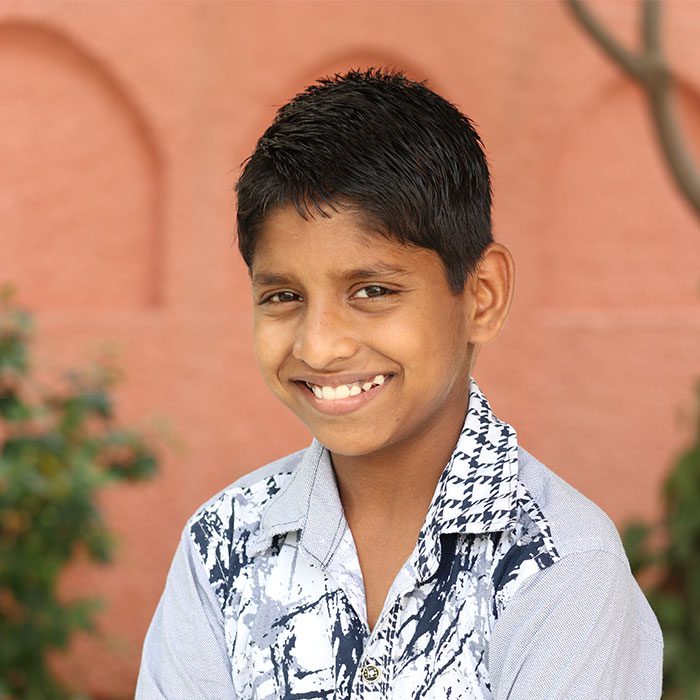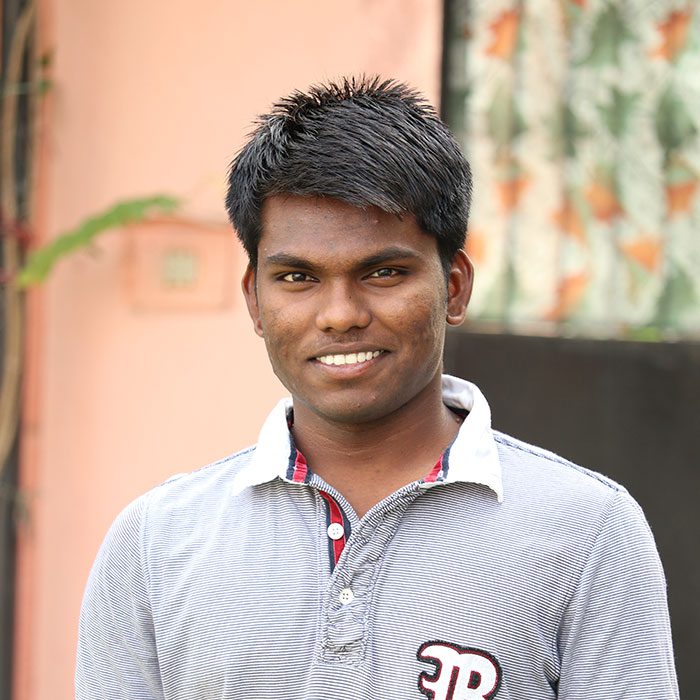India is a country in a fascinating state of flux. It has a massive overall population, and within that, a sizable population of young people, many of them intent on achieving significant upward social mobility in their lifetimes.
Language has a huge role to play in India’s shifting demographics. English is an official language, alongside Hindi, and most schools are English-medium. However, across the entire population, real exposure to English can be minimal, and only a few hundred thousand Indians speak it as a mother tongue.
Despite this (or because of it), English remains something of a status symbol. Proficiency in the language frequently reflects the degree of educational opportunity an Indian has had. It can open a lot of doors socially and professionally. One of the consequences of this state of diglossia between English and the other, native tongues (Hindi, Tamil, Bengali etc) is that children without strong English skills are often excluded from many of the more lucrative professions.
I arrived in India at the end of January, with the opportunity to volunteer at the Manav Mandir Ashram in New Delhi, a home for destitute children and young adults.
1E is profoundly involved with the educational and psychological support of the young people at Manav Mandir. Upon my arrival, resident child psychologist Ritu Nagar suggested that I could be of real use providing extra English tuition to children in the 8-11 range.
These children were studying written English, but most had little experience in speaking it. As a native English speaker myself, it was fun introducing the class to the many quirks of spoken English.
They had some problems with their written exams, too, however – good grades are as important as fluency (in the eyes of the Indian bureaucracy, at least). A few weeks before a round of written English tests, I supplied everyone with worksheets testing grammar and vocabulary, and we made progress here, too.
Since the children were very busy in the week with prayers every morning and tuition every evening, I tried to make sure our Sunday sessions were a bit more enjoyable – We played Scrabble to get their English spelling skills up, and badminton to get them moving around.
Everyone I had the chance to work with made a huge impression on me. The youngest of my tutees, a boy called Kamal, must be one of the hardest-working people I’ve ever met.

He is constantly asking questions, trying out new phrases in English, and was often the first to complete any work I gave them. He was also the first to complete all his holiday work (I even spotted him working on it between classes).
Another standout student is Ashok.

He’s one of the oldest boys and is very bright – he has a highly analytical mind and excels in math and the sciences. However, since he’s one of the oldest (and his time at the ashram predates some of the more recent educational programs), his spoken English skills remain quite basic.
Ashok, however, is determined to enter the Indian Administrative Service, which has a famously low success rate for applicants and requires very good English-speaking skills among other things.
One of the reasons for this is Ashok’s desire to join the Indian Administrative Service is to support the Ashram himself in his professional life; as an officer in the IAS he could be well positioned to provide support.
As such, Ashok’s English studies are hugely important to him. He’s a great example of the young people looking to use English as a way of ensuring a better future for themselves and the people they care about most.
Anything I could do here to help him and the other young people was a real privilege. I remain a steadfast supporter of the Manav Mandir Ashram and I’m proud to be part of an organization that encourages this type of global amelioration.
For more information on the Manav Mandir Ashram and the Fair Chance Foundation, please click here.




